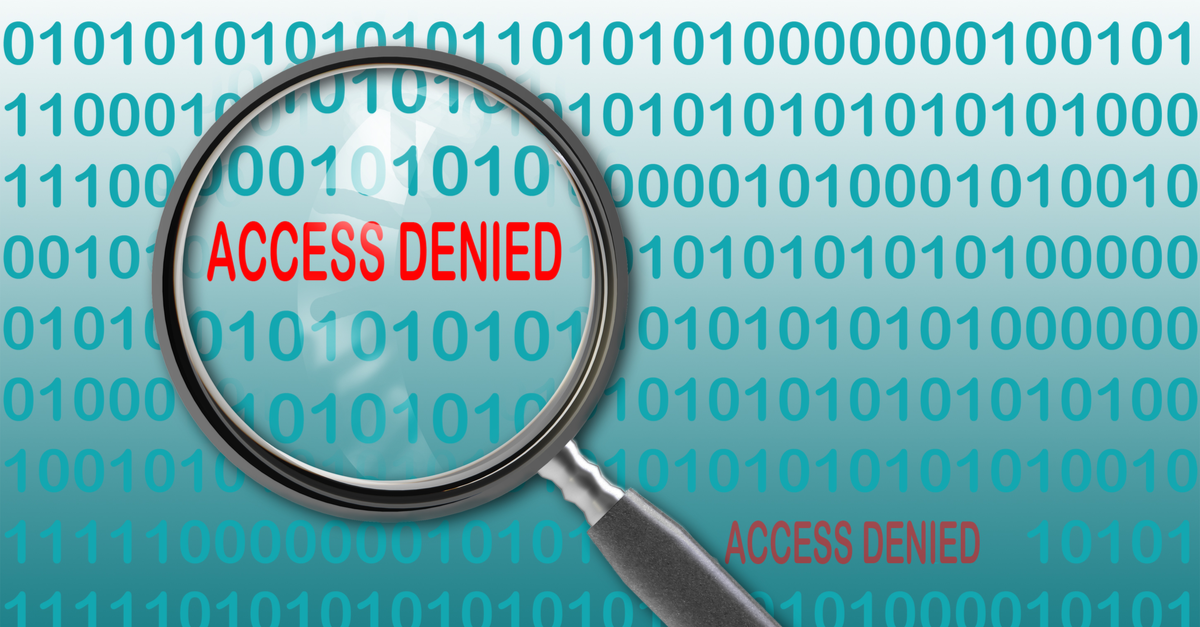In a previous blog ‘Time is Money’ we discussed what lacking a PeopleSoft-integrated SSO is costing your organization.
By now, we all should fully understand what the recurring password recovery cycle is costing organizations in terms of lost end-user productivity and excessive calls to the IT help desk. Organizations can use a single sign-on (SSO), to establish a centralized authentication system that allows IT to manage support costs and efficiently perform password database provisioning. An SSO also greatly reduces user downtime associated with password reset and recovery.
Off-the-shelf SSO solutions DO NOT work with PeopleSoft
There are numerous vendors who promise that the same SSO that you implement across all of your enterprise applications will also work seamlessly in your PeopleSoft environment. Unfortunately, when it comes to implementing that off-the-shelf SSO in PeopleSoft (specifically) those projects are destined for failure. The reason being that off-the-shelf SSO solutions rely on SAML based technology as an identity federation standard – and there’s no native SAML support in PeopleSoft. Unaware of this fact, SSO vendors will assume that PeopleSoft supports SAML (similar to your other applications) and eventually hit a roadblock during implementation/testing. This complication typically results in the recommendation of added customizations and web server(s) in order to save your PeopleSoft environment from being alienated from the rest of your enterprise applications.
The downsides of fitting a square peg in a round hole
Off-the-shelf SSO solutions need to go through extensive customizations in order to have any communication with PeopleSoft. Firstly, organizations need to build extensive frameworks to integrate SAML based identity providers (ADFS, Shibboleth, etc.) with PeopleSoft using a reverse proxy configuration. These custom developments require procuring and setting up additional infrastructure (hardware, web server(s), etc.) – resulting in prolonged project timelines and budget overruns. Secondly, these customizations (once implemented) are fragile, difficult to troubleshoot and require constant intervention – especially during PeopleSoft updates.
PeopleSoft Single Sign-On – a square peg for a square hole
Organizations can save both time and money by opting for an integrated SSO, exclusively designed for PeopleSoft. For years, the demand for a native SSO utilizing SAML identity providers was a hot topic in the Oracle community – fortunately, this solution is now a reality. Being the only native SSO solution for PeopleSoft, PeopleSoft Single Sign-On by GreyHeller allows organizations to support SAML-based authentication technology without any customizations or additional infrastructure. PeopleSoft Single Sign-On eliminates the need for end-users to utilize multiple (weak and easy to remember, but easy to crack) passwords and empowers them to seamlessly transition between PeopleSoft applications using a single, strong login credential. It also empowers IT teams to centralize authentication management and makes it easy for them to provision password databases as employees come and go in the organization.
Once implemented, PeopleSoft Single Sign-On enables your employees to:
- Authenticate PeopleSoft sessions via the leading identity providers such as: ADFS/Office 365, Shibboleth, or OKTA
- Access PeopleSoft via deep link navigation (sent by email or other enterprise communication channels)
- Utilize PeopleSoft links from a 3rd party portal
When it comes to your enterprise applications, opt for the peg that fits rather than hammering the one that doesn’t into a shape that partially fits! To learn more – request a live demo of PeopleSoft Single Sign-On with an Appsian Solutions Expert email us at [email protected].
















